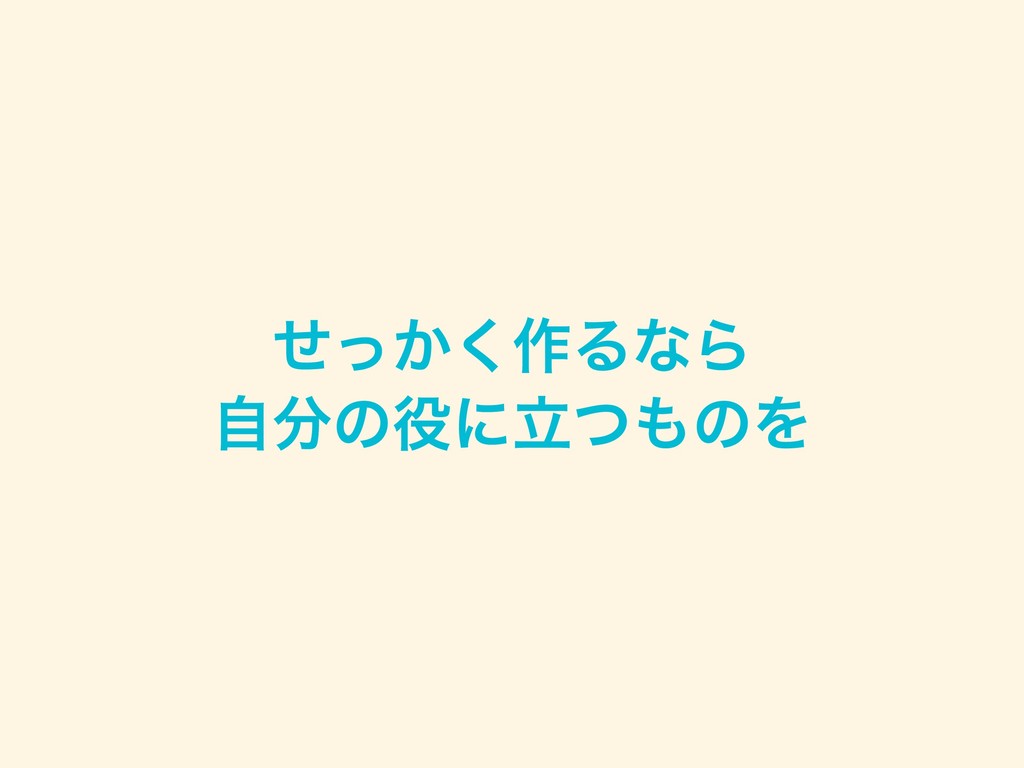

S3 Transfer Acceleration enables fast, easy, and secure transfers of files over long distances between the client and an S3 bucket.It also ensures scalability regardless of the number of requests sent per second.Introduce some randomness in the key name prefixes, the key names, and the I/O load, will be distributed across multiple index partitions.Using a sequential prefix, such as timestamp or an alphabetical sequence, increases the likelihood that S3 will target a specific partition for a large number of keys, overwhelming the I/O capacity of the partition.Object keys are stored in across multiple partitions in the index and the key name dictates which partition the key is stored in.S3 stores key names in alphabetical order. Object keys are stored lexicographically (UTF-8 binary ordering) across multiple partitions in the index i.e.S3 maintains an index of object key names in each AWS region.This behavior is driven by how S3 stores key names.


Our New-Item command didn't return anything since the output was sent to $null, but we did get a message saying the file was created. PS C:\> $null = New-Item -path 'C:\FolderWhereStuffChanges\file.txt' -ItemType FileĬ:\FolderWhereStuffChanges\file.txt was Created at 15:42:35 Let's now drop a file into the C:\FolderWhereStuffChanges folder and see what happens.

Id Name PSJobTypeName State HasMoreData Location Command PS> Register-ObjectEvent $watcher 'Created' -Action $action To do that, I'll use the Register-ObjectEvent cmdlet and provide it the watcher object we created, as well as the type of action to monitor. Now that I have the watcher object and the action I'd like to take when a file is created, I then need to register this event. Write-Host "$path was $changetype at $(get-date)" This is a variable that will be present every time an event fires and contains information such as the file path and the type of event that fired. As you can see below, I'm using the built-in variable. We define this action by creating a PowerShell scriptblock. There are different types of events you can "watch," such as new files or modified files, but in this article we're just going to focus on new files. For simplicity, I'll write output to the console with the name of the path of the file that gets created and the type of event. I now need to define some action to take when the event fires. $watcher.Path = 'C:\FolderWhereStuffChanges' I do that with the Path property, and since I want the watcher to raise events when one happens, I'll also set the EnableRaisingEvents property to $true. I also need to specify which folder I'll be monitoring. To do that, I'll assign the IncludeSubdirectories property. For example, I'll be monitoring a folder for new files and perhaps I'd like to monitor all subfolders, as well. Once you've instantiated the object, you can then provide various "parameters" to the watcher by assigning values to different object properties. $watcher = New-Object System.IO.FileSystemWatcher


 0 kommentar(er)
0 kommentar(er)
